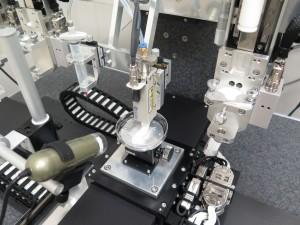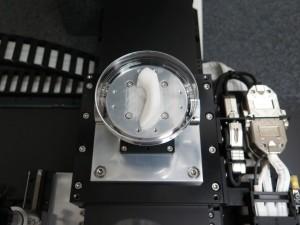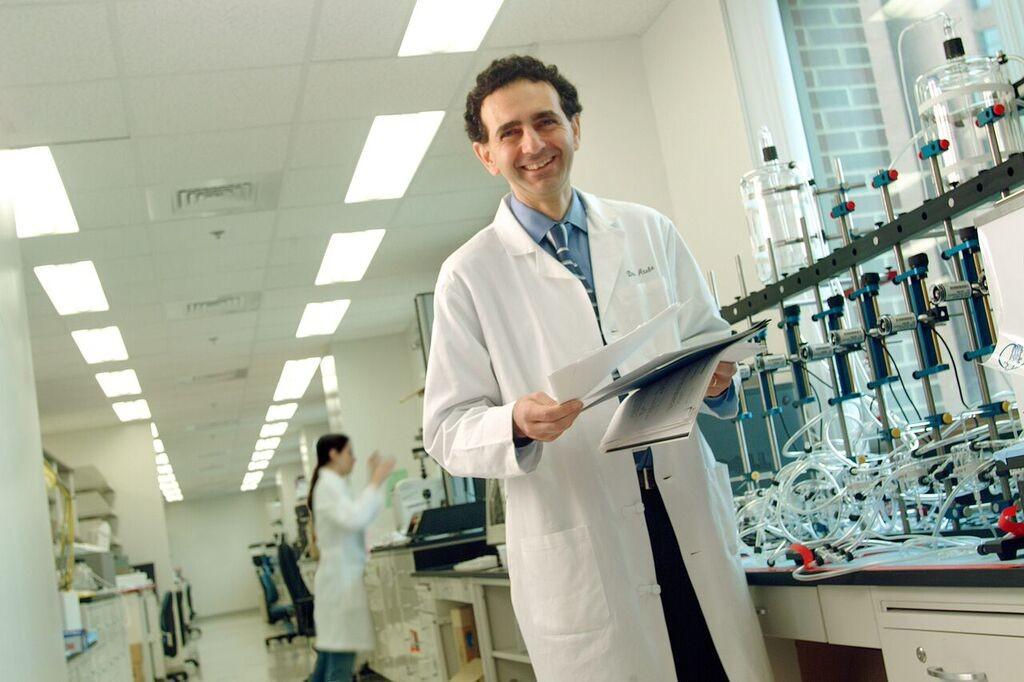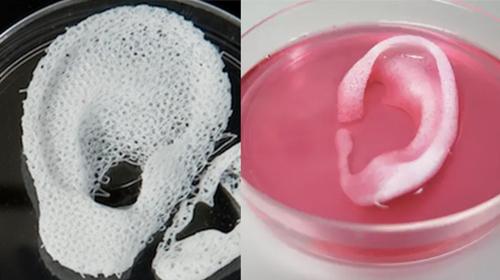Wake Forest Researchers Successfully Implant Living, Functional 3D Printed Human Tissue Into Animals
 The news has been full of stories about new advancements in 3D printed tissue. Companies such as Organovo and research institutions such as the University of California San Diego are leading the charge in the development of 3D printed, functional human tissue, particularly liver tissue. So far, printed tissue is being used mostly for pharmaceutical drug testing, but everyone in the 3D printing biosphere professes the ultimate goal of eventually producing whole, fully functional human organs that can be transplanted into patients. Most experts agree that it will happen; it’s just a matter of when.
The news has been full of stories about new advancements in 3D printed tissue. Companies such as Organovo and research institutions such as the University of California San Diego are leading the charge in the development of 3D printed, functional human tissue, particularly liver tissue. So far, printed tissue is being used mostly for pharmaceutical drug testing, but everyone in the 3D printing biosphere professes the ultimate goal of eventually producing whole, fully functional human organs that can be transplanted into patients. Most experts agree that it will happen; it’s just a matter of when.
It’s also a matter of who. The race to be the first to 3D print a transplantable human organ is an intense one, and Wake Forest Baptist Medical Center may have just pulled into the lead. Regenerative medicine researchers at the North Carolina hospital have announced that they have printed ear, bone and muscle structures and successfully implanted them into animals. The structures, after being implanted, matured into functional tissue and sprouted new systems of blood vessels, and their strength and size mean that they could feasibly be implanted into humans in the future.
“We make ears the size of baby ears. We make jawbones the size of human jawbones,” said Anthony Atala, M.D., director of the Wake Forest Institute for Regenerative Medicine (WFIRM). “We are printing all kinds of things.”
Dr. Atala has long been a major player in the field of regenerative medicine. In 2006 his lab made history by growing and implanting a bladder into a human patient – the first time such a feat had ever been accomplished. He and his team have been developing the Integrated Tissue and Organ Printing System (ITOP) over the past decade. The system involves a custom-designed 3D printer that utilzes a water-based ink optimized to promote the health and growth of encapsulated cells, which are printed in alternating layers with biodegradable plastic micro-channels that act as passages for nutrients. Unlike other bioprinting methods, ITOP prints the cells and the scaffolds simultaneously, according to Dr. Atala.
“This novel tissue and organ printer is an important advance in our quest to make replacement tissue for patients,” he said. “It can fabricate stable, human-scale tissue of any shape. With further development, this technology could potentially be used to print living tissue and organ structures for surgical implantation.”
 Wake Forest’s research has been largely funded by the Armed Forces Institute of Regenerative Medicine, a military organization working to develop regenerative treatments for severely injured soldiers. The development of transplantable, 3D printed tissue could obviously benefit both military personnel and civilians, though – according to the United Network for Organ Sharing, over 121,000 Americans are currently on the waiting list for an organ transplant. The ITOP system could eliminate waiting lists altogether with “made to order” organs custom-designed for individual patients based on MRI and CT scans.
Wake Forest’s research has been largely funded by the Armed Forces Institute of Regenerative Medicine, a military organization working to develop regenerative treatments for severely injured soldiers. The development of transplantable, 3D printed tissue could obviously benefit both military personnel and civilians, though – according to the United Network for Organ Sharing, over 121,000 Americans are currently on the waiting list for an organ transplant. The ITOP system could eliminate waiting lists altogether with “made to order” organs custom-designed for individual patients based on MRI and CT scans.
We’re still years away from that, but it’s been five months since 3D printed bone fragments were implanted into rats, and the tissue is still thriving inside the rodents’ bodies. One of the biggest challenges in bioprinting so far has been getting printed tissue to survive long enough to form blood vessels and nerves and otherwise fully integrate with the body in which it is implanted, so this study is incredibly promising. You can access the study here. Discuss these new advances in the 3D Printed Tissue forum over at 3DPB.com.
[Images: Wake Forest Institute for Regenerative Medicine]Subscribe to Our Email Newsletter
Stay up-to-date on all the latest news from the 3D printing industry and receive information and offers from third party vendors.
Print Services
Upload your 3D Models and get them printed quickly and efficiently.
You May Also Like
Authentise and Kform Tackle Defense Bottlenecks with Project DDNA — A Scalable Business Opportunity?
Authentise, a Philadelphia and UK-based software provider specializing in workflow management solutions for digital manufacturing technologies, has launched Project DDNA, a defense-oriented platform built off of its Threads and Flows...
Fortius Metals’ Jeph Ruppert on Why Wire-Based AM is Ready for Takeoff
Jeph Ruppert may have only been at Fortius Metals for a couple of months, but he knows the intricacies of additive manufacturing (AM) like someone who’s been steering the company...
3D Printed Drone Accelerator Firestorm Labs Continues Its Tear With $47M Series A
Firestorm Labs dominated the additive manufacturing (AM) industry’s attention in the first half of 2025, kicking off the year with its announcement of a $100 million Indefinite Delivery, Indefinite Quantity...
Croom Medical Signals Potential for 3D Print Diversification in Nuclear Fusion
As international interest in reshoring continues to mount, the additive manufacturing (AM) industry clearly has key advantages to offer suppliers scrambling to develop alternatives to traditional supply chains. One of...































